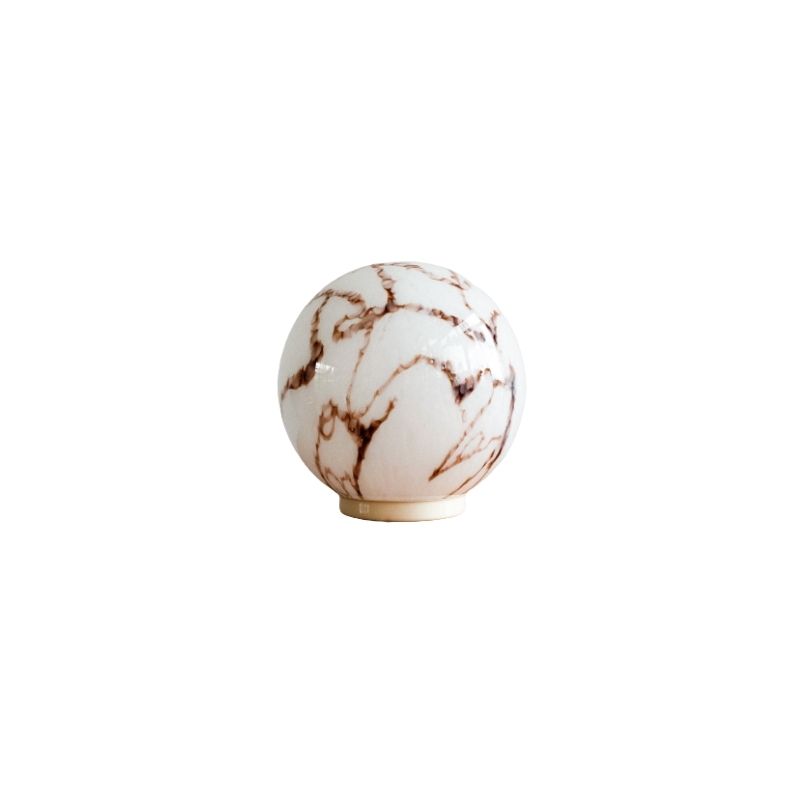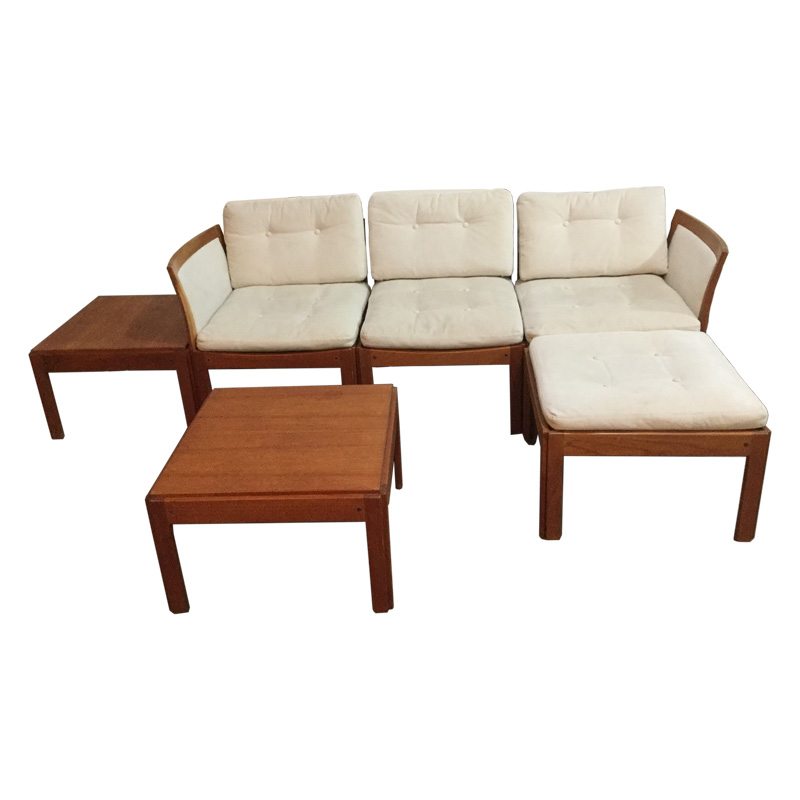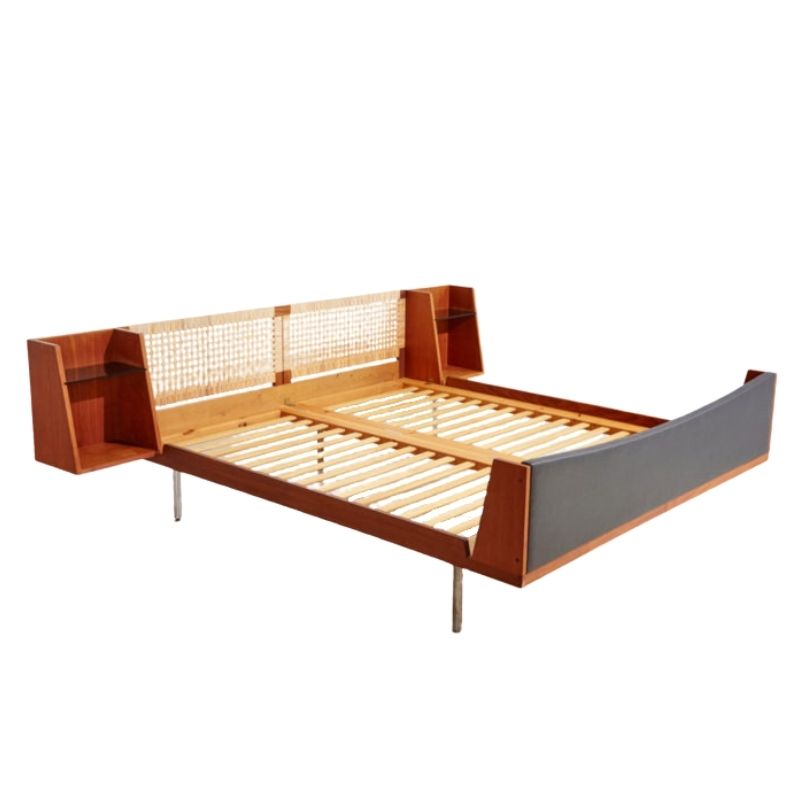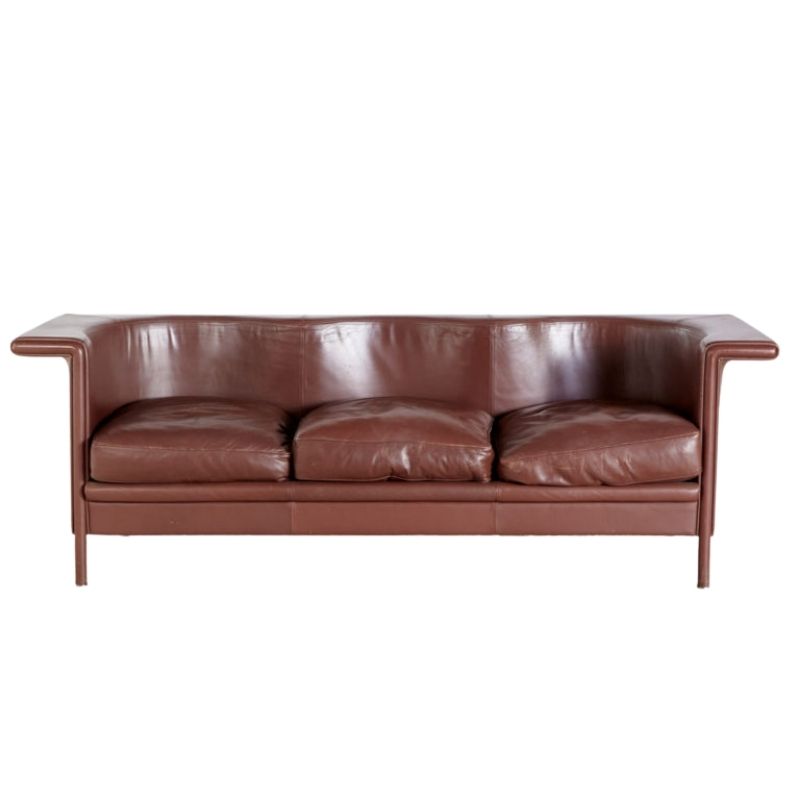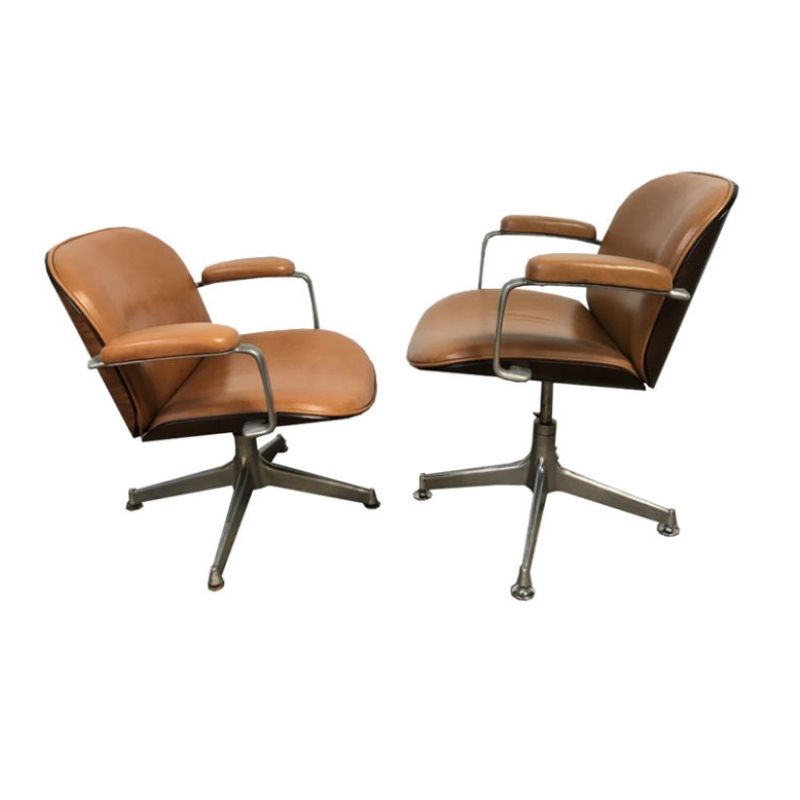To All,
If you need cnc 5 axis foam or wood or plastic work done give me a call. My mission is to help Design Studios, Design Students, Inventors and Entrepreneurs make their product ideas a reality. Degree LSU Engineer and I take a personal approach in working with my Friends. Over 20 years in the CAD/CAM world. Worked 12 years at Ford motor company automotive studio design experience training/ support math modeling and CNC 5 Axis to studio personnel. Expert at Studio 3D sketch modeling is 3D brainstorming in real time. Very powerful tool for concept modeling. Real time morphing surface or point cloud works if have node to node connectivity. Together with 5 axis CNC make your prototype dreams come true. The morphing video on web site as well showing studio math modeling. I have used this process it Ford Motor studios at PDC and milling full size Ford mustang (s97). 3D Digital boundaries in design is knowing the process up front through the cnc machining of product. Don?t imagine the shape bend reality with style. Reverse engineering using Point cloud stl and surface data and CNC milling 5 axis requires High quality surface parameterization used to define tool path G & M code. I have milled the S97 mustang hood stl with ½ flat end mill tool running 9 mm step over. So it does work in the studio if you know the Process and have strong education and Background. Software does not make processes requirements do! So the question is. Why Not look at new process? Lets talk about process from the design engineering side of things. I have CNC 5 axis milled everything from the FordGT, F150 to a Mustang, etc as studio support/training engineer. What process do you use go from concept to part? Like to hear from others about their process.
Thanks
kag65
First I've never heard reverse engineering being touted as a firm strength...
Usually reverse engineering is something folks do and then tend not to talk about in public. Reverse engineering often flourishes during war time when people feel particularly emboldened about appropriating the creations of others belonging to a demonized enemy and we are, for worse or for worse, at war.
So, since you raise the subject, and it is war time, what if a client came to you with a reverse engineered widget and asked you to reverse engineer IT? Would you run into legal problems reverse engineering the reverse engineered widget? Or would you be able to create enough variation to avoid patent violations after the war?
I am not being flip here. IMHO, this question cuts to the heart of the reverse engineering process that your firm indicates some expertise at. And your post makes clear that you are interested in process issues.
No disrespect is intended. I have always been fascinated with reverse engineering, both its strategic merits and its creative demerits.
reverse engineering...
I didn't read the original thread in great detail, but did go over much of the site. very impressive. I couldn't see what cam package you were using.. what was it? Also, is it the same thing that you used for the renderings and morphing?
DC, I think to reverse engineer an organic form, or something that was created by an artist/designer/individual that doesn't like to be constrained by numbers; for that part to be constrained to the nth degree, by a process such as point-cloud, would be considered "reverse engineering" for people that could not reproduce that art if their lives depended on it.
I like it, but I can't do it myself - so I get something or someone that can, therefore reverse engineering. All the engineering hours to develop that software; the classes developed to train the operators to use it; the power of processors required to crunch all the numbers.... all to reproduce and manipulate something that was created by people that don't like to be bothered by the numbers.
Dont forget the $100k+ in equipment and 3 phase power... to reproduce what a guy did in his garage with a chisel... or a couple of pounds of clay - LOL!
Never thought about any of this until this post, and I have also been in industry for awhile.
Good one,
Chris ! And a nice image, too.
Maybe an industrial designer can shed light on my query. . . I know about 3D pantographs, etc; is one capable of making an opposite-hand duplicate ? And that implies that each part was first modeled in plaster or wood (?) so that a machine tool could mill a steel die via the copying device. Somehow that seems unlikely to me. . .
Not positive, but I think...,
...they took drawings to hand sculpted clay; then made molds of the clay, then used the molds to create fender bucks to either create stampings molds, or they worked by hand with hammers to pound out the pieces on the bucks.
Today, they still work in clay on some interiors. But they CAD, say, the dashboard, and then let a robotic sculptor whittle the clay into a 3D version of the dash for experimentation. In turn, they can alter the clay by hand and then use the robotic arm to scan the altered dashboard back into the CAD file. They can iterate between digital and clay media and back again. At least they used to do that as late as the mid 90s. It could be they've dropped clay altogether, but I doubt it. Designers/engineers still probably like to see the CAD-ed object in 3D clay before committing to tooling for production. FWIW, whatever they come up with, they then translate it into files which can be tested/simulated with finite element analysis to identify engineered parts and systems that will fail. They are then reingineered and the resimulated. I believe the second generation Chrysler Minivans was one of the first American cars to be 100% cadded and tested for failures digitally. An engineer I knew said the early program was adapted from what NASA used to test/simulate the space shuttle. Basically, NASA couldn't test much of the shuttle prior to actual launch, so the engineers came up with a program to do it digitally. The technology then filtered out, like Tang, into the private sector. I could be wrong about the term Finite Element Analysis. It might have been called something else. Its been awhile.
Million Dollar Question about Process
Hope This Helps. Some replies are way off base for production studios. Today 80 % still done in clay then scan and then given to EMM to Class-A surface with proper topology. Then the surface data is milled in clay opposite side to verify and prove out math data. 3D pantographs CNC milled by mirroring tool path data all day every day. Carry over and new data highlights are tweaked watched on power wall projection screen. VP model Sign off after Full size mill back process not just seeing it on the power wall. Full size model verify both the clay and the surface. Projection base surfacing with Stl and Math surface great combination for Design.. Most designers still have little 3D software background. Designers great at Paint tool but not 3D. For 12 years I pulled their fat out of the fire Networking is the key. You don?t know if you don?t talk. Pretty impressive abilities. needing or selling services requires exposure to what is out there. This is called marketing. I am a engineer seeing thing in 0 or 1's 3D modeling and CNC milling 5 axis is what I do. 12 years Studio support Engineer class A surface (Alias/ICEM) and wrote CNC 5 axis Environment at FORD PDC Dearborn. Custom CNC environment is best 5 axis program Customized for Ford Personal and benchmarked against All the Players wanting Ford Studio Milling. Your Question can I Scan Part and scale up and down yes, sir no problem. More than that Morphing, surface and STL data sets together and keep tangency for surface and stl node connectivity Process Works with CNC stl in 5 axis if the facets do not twist in the cloud. The clay changes so fast and the surface comes weeks later. The BIGGEST Issue is keeping the surface and clay insink!!!!!!!!!!! Soft changes with clay and steel wipes off with little effort. Once the clay has change and surface no longer the master. Digital Master Surface is BUNK process if can not keep up with clay. Million dollar question How to Combine STL Scan, Surface and Milling prove out. Show me know your process and I will show you I do it 12 years Ford Motor PDC
Studio CNC / Surface Support Engineer (Alias/ICEM) 12 Years Ford PDC
kag65@comcast.net
http://www.millit5.com
Dear SDR
Just to answer some of your questions. Modeling in clay has been around for some time, and it still is. A lot of consumer products have never been modeled other than on screen...and it shows. Serious designers working for serious clients will not to tooling without having seen the real thing, either milled or build in Stereo-lithography. But before all these things existed the most common way to make something symetrical was to model one side on a granit modeling tabel or a stable granit floor. Depending on size a bridge-like structure would roll alongside the model. On this "bridge" you have a pivot on the centre line and an arm that can be moved from one side to the other. The arm has a number of needles that can be fixed with a thumb screw. So at a fixed point on the length you take the posision of predetermined points on the half model and you turn the arm over the part that you want to reproduce. There you build upp a reference surface and go to the next point.
To get from model to real sheet metal press tooling, you make a harder copy of the clay model put it on a Dremmel (3D pantographic milling equipement) and copy it into the steel. Yes you can make the Dremmel turn a positive into a negative shape, yes, later editions could make the symetrical equivalent on the basis of an half shape. Untill the late 70ties, this was a common thing to do. The first 2D drafting demonstration I got to see was in 1968 and the first 3D (wiremesh) shapes in 1984-85 if my memory serves me well. These were already very complex organic shapes, but that particular program never reached the market. We had to wait a few more years before the first less sophisticated software came on the market. I am not sure dcwilson that the origin of these softwares were NASA related because it was several years before the shuttle, but many of them were certainly related to the aviation industry. These days one would not even dream of going back to cutting plaster of Paris and all these other fun methods...
Thanks
Koen -- I knew you'd have the true skinny. By process of elimination I guess I thought it must be something like that -- glad to have the details. What a lot of work ! I've always been impressed at what men go through to achieve a desired result. Guess there's money in Detroit as well as in Hollywood -- so many makes and models, over the years. . .
Space Shuttle
koen wrote:
> ...the first 3D (wiremesh) shapes in 1984-85
> if my memory serves me well...
>
> ...am not sure dcwilson that the origin of these
> softwares were NASA related because it was
> several years before the shuttle, but many of
> them were certainly related to the aviation
> industry.
I don't know if the technology came from NASA, but construction of the first Space Shuttle, Columbia, began in 1975, and was completed by 1979. After many delays, the first flight eventually launched on April 12, 1981. Any technology used to design it would have had to have been developed even prior to its contruction, and evolved over the course of that time. Like I say, I don't know that this technology was developed by NASA, though it certainly seems plausibly, and if it were created for the Space Shuttle project, the time-frame does fit.
Perhaps II can clear up what I muddled...
What I was relating to the space shuttle and NASA was Finite Element Analysis (or whatever it was actually called) and the digital simulation and testing of complex system interactions to analyse failure potential of individual parts. I was not suggesting that NASA designed in clay or some clay/digital combination. I don't know how they did it.
Sorry,
I was off by a decade! To be sire I checked an older issue of the london based "Design" magazine, and they showed wire-mesh 3D in 1975-76. Professionally we started to play around with CAD perforated card systems 4-5 years earlier.
Finite element analysis simulates mechanical characteristics by dividing complex shapes in smaller easier to calculate elements and relates them to each other. Most designers use it regularely, altough in the world of plastics we still struggle with substantial differences between the simulation and the actual result. Part is caused by the way the material flows into the mould during production but a much larger part is due to the non- linear character of the mechanical properties of plastics. Most raw plastic material manufacturers have to lie if you ask for the Poisson constant...simply because in plastics it is not very "constant".
If you need any help, please contact us at – info@designaddict.com




